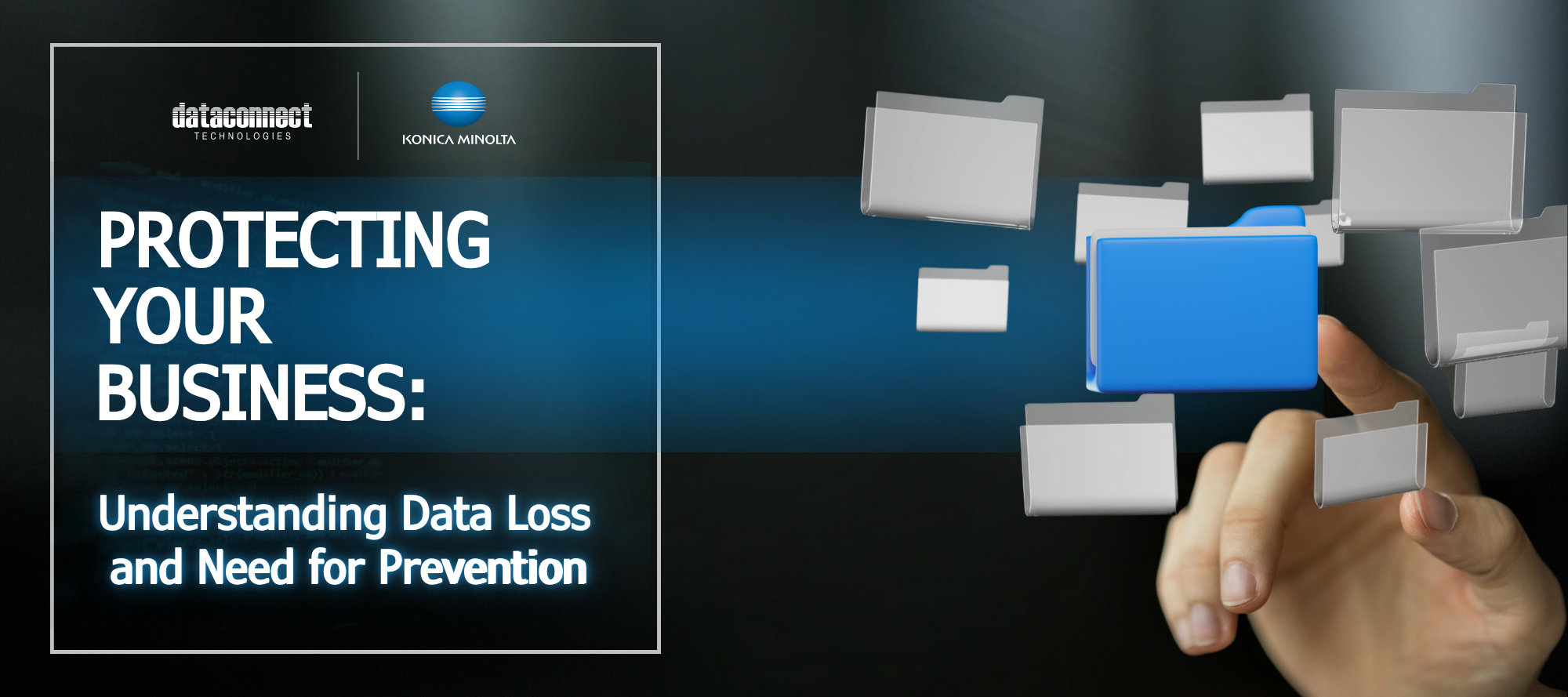Healthy nations are wealthy nations, they say
Healthcare is vital to the society mainly because people get ill, accidents and emergencies do arise and the hospitals are needed to diagnose, treat and manage different types of ailments and diseases. With its sheer importance, the healthcare industry has also leveled up its services by engaging in modern facilities and technological advancements in handling their client’s personal data.
However, along with engaging in technological advancements, the healthcare industry seems to also be facing risks that come along with it.
The Risk to Healthcare Industry
Undeniably, from what we hear from the news, data theft attacks are probably the most common cyber threats to the healthcare industry.
In the dark corners of the internet, medical records are a hot commodity, and with millions of individual’s medical records up for sale, they are drawing a far higher price than credit card details. Typically, a data theft attack starts from something like a phishing attack. If you are a doctor, for example, with access to patients’ records, an attacker may send you an e-mail and convince you to click a link that could possibly download a piece of malware pretending as a harmless excel file or any software. Once clicked, the attacker can then use this software to gain access to the organization’s financial, administrative and clinical information systems.
These attacks could also develop into “advanced persistent threats” against healthcare networks. These occur when malware enters a health network and remains there unnoticed while keeping in contact with the attacker. From there it can spread throughout the network, even if the original download is detected and removed. Then, it can steal data and direct network traffic to the attacker so they can see exactly what is happening in the system in real-time.
Why Is Healthcare Such A Target?
Any organization with a computer is at risk from cyber-attacks, but what makes the healthcare sector an ideal target?
In some cases, it’s just about stealing a person’s identity. It could also be about opening a new line of credit. And, in some cases, hacked medical records are used for blackmail and extortion. Medical records contain a lot of higher sensitive personal information, which can sell for as much as $60 per record. Unlike with social security numbers and credit card details that could only sell from $1 – $15.
The danger is real – and it is putting patients at risk.
How Can We Protect Healthcare form Attacks?
1. Complicate an attacker’s ability to achieve its objective. When cyber attackers strategize their way to infiltrate an organization’s network and exfiltrate data, they follow a series of stages that comprise the attack lifecycle. For attackers to successfully complete an attack, they must progress through each stage. Blocking adversaries at any point in the cycle makes it hard for the attackers to go through the next stages.One way to achieve this is to employ cybersecurity solutions and appliances such as firewalls and web filters that are perfectly tailored to healthcare sectors to block the attackers from the entry point.
2. Detect an attack before a meaningful business is impacted. How would you know if your network or a part of it has already been compromised or just waiting for a trigger to spread? Or when someone internal is communicating with a potentially malicious host? Employing a Security Information and Events Management (SIEM) enables the detection of incidents that otherwise would go unnoticed. Not only can this technology log security events, but it also has the ability to analyze the log entries to identify signs of malicious activity. And by gathering events from all of the sources across the network, a SIEM can reconstruct the series of events to determine what the nature of the attack was and whether or not it succeeded.
3. Respond effectively and immediately to remediate an attack. When a healthcare facility is disrupted because of a cyberattack, not only it can cost money and reduced profits, but it could also risk its patients’ lives as well. Networks, servers, computers and wireless devices, are all critical. Therefore, recovery strategies for healthcare information technology should be restored immediately in time to meet its needs. So that the operations can still continue while systems are being restored.
4. Educate your workforce to increase awareness, develop and maintain a security consciousness, and fend against phishing attacks. Employees and users/ clients alike should be well-informed of what to do and who to consult once they receive or experience a potential data breach. Employees should also be trained with cybersecurity practices to let them be aware of the role that they have to play in making the company cyber secure.
It’s important to keep in mind that while security is a ubiquitous requirement across the healthcare industry, it still does not offer a one-size-fits-all solution.
Selecting and implementing security controls that will work best for your organization requires a thoughtful analysis of your current operations and policies to identify potential vulnerabilities and inform a complete, tailored security strategy to protect your business and patients – without compromising the efficiency of your care delivery services.
Data Connect Technologies Pte Ltd is a dynamic ICT and Services Provider with over 15 years of experience in providing excellent IT support to companies all over the world. Got problems in your security posture? Or you’re just not sure about your IT security status?





